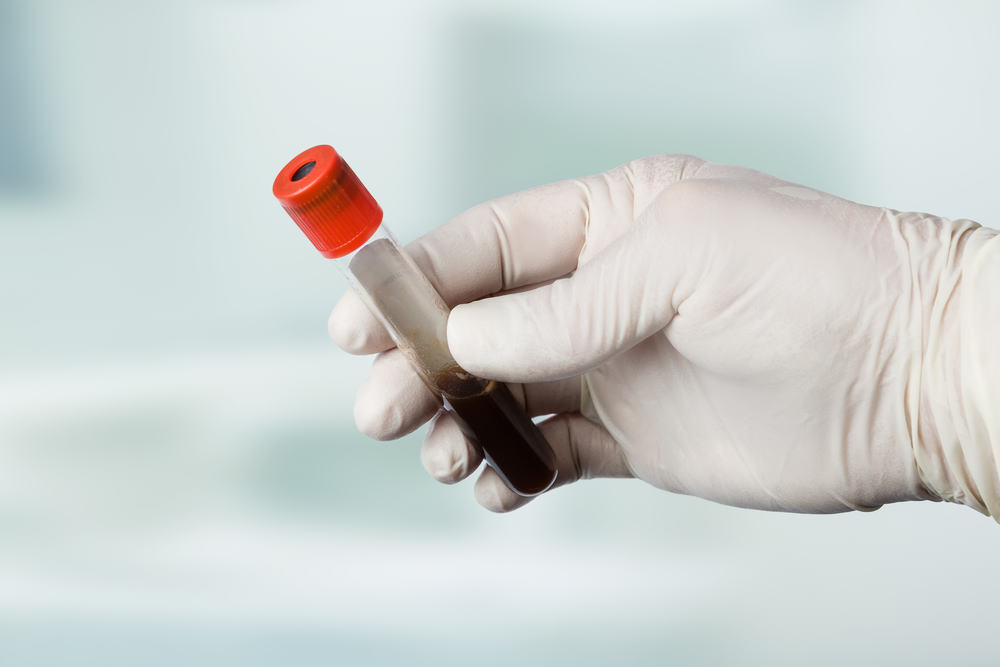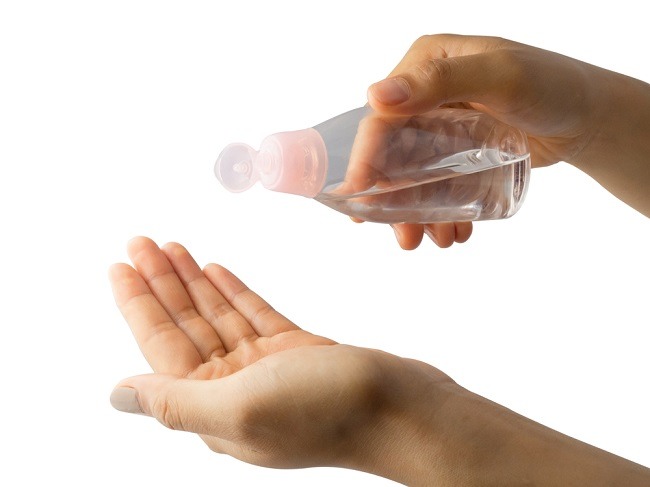In the medical world, the heart ring is called stent. Stent is a tubular device that is placed in a blocked ducts or vessels. The purpose of placing the cardiac ring is to maintain vessels arteries, which carry blood to the heart, remain open. This condition is usually performed in patients with coronary heart disease.
Cholesterol or other substances that stick to the vessel walls can form plaque. Plaque buildup that causes blood vessels to close is what usually requires installation stent. In addition to blood vessels, installation stent it may also be done to open the bile ducts (tubes that carry bile to the digestive organs and vice versa), bronchi (small airways in the lungs), and ureters (tubes that carry urine from the kidneys to the bladder).

Heart Ring Installation Process
When there is a narrowing of an artery or blood vessel, the doctor will perform a procedure to widen the artery. This surgical procedure is called an angioplasty. The term angioplasty itself means the process of widening blood vessels using a balloon. But in modern times, stent placement is also almost always done in every angioplasty procedure.
At first, the doctor will place a catheter in the heart. The catheter is inserted into the vein and then directed to the area to be dilated.
After the catheter is inserted, a guiding cable is then inserted to guide the balloon and ring to the problem area. A deflated balloon is placed on the outside of the guide cable and a ring or stent is placed on the outer layer. All three are inserted simultaneously into the arteries. Once inside, the balloon is inflated so that the ring also expands. Thus, the artery cavity that was previously narrowed due to plaque buildup becomes wider. Once the ring is in place, the balloon is deflated again. The balloon was temporarily released stent or the heart ring remains in place to keep the coronary arteries open.
In general, the process of installing a heart ring will take 1-3 hours. However, following the preparation and recovery process, the doctor will advise the patient to undergo hospitalization in the hospital.
That should Ddo safter Through Heart Ring Installation
After completing the process of installing the heart ring, it is recommended to drink lots of water. You will likely feel pain at the incision site, but your doctor will prescribe pain relievers. Anticoagulant drugs will also usually be given to prevent blood clots.
Throughout the recovery process, limit all physical activities for some time such as driving a motor vehicle. Although it is still allowed to carry out routine activities, doctors will recommend doing it gradually, for at least one week after undergoing surgery.
Know the Risks
Cardiac ring insertion carries the same risks as any other surgical procedure. Risks or side effects that may be encountered are blood clots, heart attacks, allergies to drugs used during the process to rare complications such as strokes and seizures.
However, the choice not to undergo heart ring insertion surgery will have a much more fatal effect because untreated blood vessel constriction will eventually have a more serious impact, and can even lead to death.
So that you can get a complete picture of the procedure for inserting a heart ring, it is advisable to seek information from the treating doctor. It is important to prepare all the necessary things, including physical and mental preparation before, during, and after the insertion of the heart ring.









